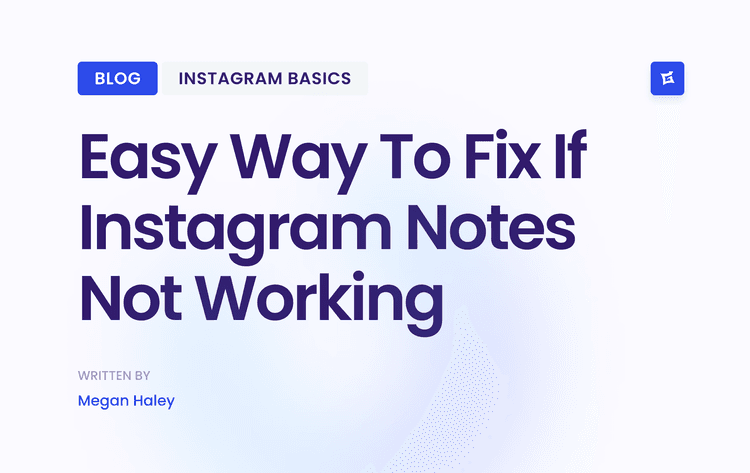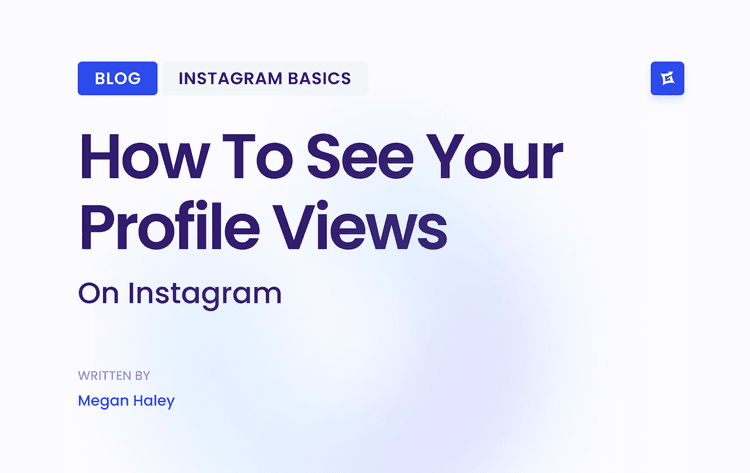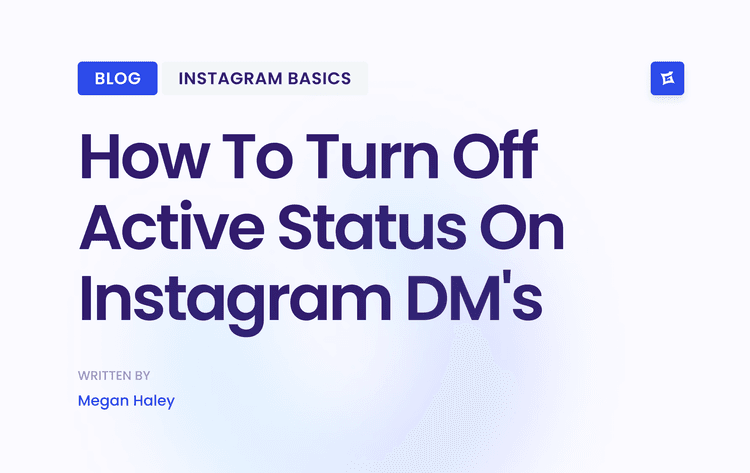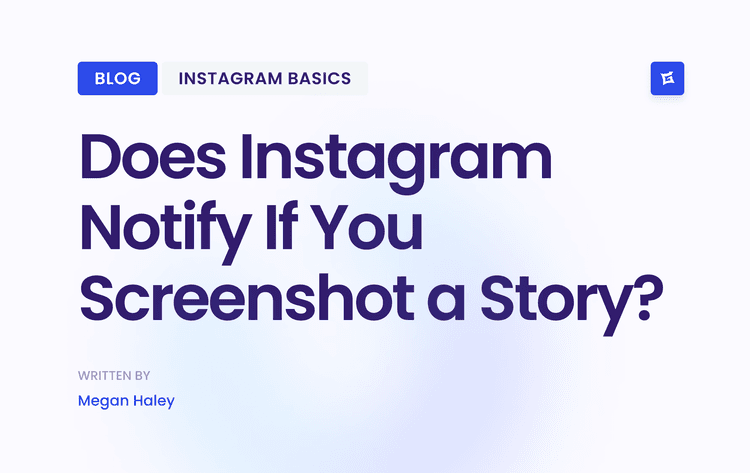1. Authenticity and Value Alignment
Authenticity and value alignment are the cornerstones of any successful influencer marketing strategy. This practice involves partnering with influencers whose personal brand, values, and content style naturally resonate with your brand’s core mission and target audience. It prioritizes genuine connection over raw follower counts, ensuring that sponsored content feels like a natural extension of their feed rather than a disruptive advertisement.
When an influencer truly believes in and uses a product, their endorsement carries significant weight and credibility. This approach transforms a transactional ad placement into a powerful, trusted recommendation, which is a key component of effective influencer marketing best practices.

Why It's a Top Priority
This approach is fundamental because modern consumers, particularly on platforms like Instagram, are highly perceptive. They can easily spot inauthentic endorsements, which can damage the credibility of both the influencer and the brand. A genuine partnership, however, builds trust and fosters a deeper connection with the audience, leading to higher engagement and more meaningful conversions.
For example, consider outdoor apparel brand Patagonia. Their partnerships with environmental activists and outdoor enthusiasts who already champion sustainability feel authentic because these influencers embody the brand's values in their everyday lives. This alignment makes their collaborative content compelling and trustworthy.
How to Implement This Practice
Finding the right influencer requires more than just looking at their follower count. It demands a strategic and thorough vetting process.
Deep Content Review: Scrutinize at least six months of an influencer's content history. Look for consistency in their messaging, values, and the topics they cover. Do they organically mention products or brands in your category?
Audience Sentiment Analysis: Don't just read the posts; read the comments. This is where you'll find out how their audience truly feels. Look for a positive, engaged community that trusts the influencer's recommendations.
Conduct Personal Interviews: Schedule a video call before finalizing any partnership. This allows you to gauge their genuine enthusiasm for your brand and product. Ask them about their own product preferences and what they value in a collaboration.
Share Your Brand Values: Create a clear brand values document and share it with potential partners. This ensures they understand what your brand stands for and can confirm if their own values align.
2. Micro and Nano-Influencer Strategy
The micro and nano-influencer strategy shifts the focus from massive reach to deep engagement. This practice involves collaborating with creators who have smaller, niche followings, typically between 1,000 and 100,000. These influencers often foster strong, trust-based relationships with their community, resulting in higher engagement rates and more authentic brand conversations.
This approach acknowledges that true influence is not just a numbers game; it's about the depth of connection and credibility an influencer has with their audience. This makes it a powerful component of any modern list of influencer marketing best practices.

Why It's a Top Priority
Partnering with micro and nano-influencers is a cost-effective way to achieve highly targeted marketing. Their audiences are often hyper-niche and incredibly loyal, meaning a recommendation feels more like a trusted tip from a friend than a paid ad. This authenticity leads to higher conversion rates and a more genuine brand perception.
A classic example is watchmaker Daniel Wellington, which achieved explosive growth by gifting its products to thousands of micro-influencers. Each creator shared unique, personal content, creating a widespread, organic-feeling buzz that a few macro-influencers could not have replicated. Similarly, Audible partners with niche book reviewers, tapping directly into specific genre communities.
How to Implement This Practice
Successfully deploying a micro-influencer strategy requires a scalable and systematic approach. It’s about building a network of authentic advocates for your brand.
Prioritize Engagement Over Followers: Use discovery tools to filter creators by their engagement rate, not just their follower count. For brands focusing on targeted reach and genuine engagement, mastering how to find micro-influencers is a critical first step.
Create Scalable Campaign Briefs: Develop a clear but flexible campaign brief that can be adapted for dozens or even hundreds of creators. Provide brand guidelines but allow for creative freedom to maintain authenticity.
Build Relationships First: Don't start with a cold pitch. Engage with a potential partner’s content genuinely before reaching out. A thoughtful comment or direct message about their work can make a significant difference.
Establish an Ambassador Program: For ongoing collaborations, create an affiliate or ambassador program. This nurtures long-term relationships and transforms one-off partners into dedicated brand advocates. To learn more about effective outreach, check out this guide to social media influencer outreach on gainsty.com.
3. Long-Term Ambassador Programs
Long-term ambassador programs shift the focus from short-term, one-off campaigns to building sustained, ongoing relationships with influencers. These partnerships, often lasting six months, a year, or even longer, transform an influencer into a true brand advocate. They regularly create content and represent the brand across various touchpoints, weaving its narrative into their own.
This consistent presence builds a much deeper and more credible brand association in the minds of the audience. It allows for authentic storytelling that evolves, making it one of the most effective influencer marketing best practices for cultivating lasting trust and loyalty.
Why It's a Top Priority
This strategy moves beyond a single sponsored post and creates powerful, consistent visibility. When an audience sees an influencer they trust using a brand's products repeatedly over months, the endorsement feels less like an advertisement and more like a genuine lifestyle choice. This repetition reinforces brand messaging and builds significant brand equity within the influencer’s community.
For example, Gymshark’s success is built on its ambassador program featuring fitness influencers like Whitney Simmons. By supporting these athletes over the long term, their audience sees the brand as an integral part of their fitness journey, leading to a fiercely loyal customer base and a powerful sense of community around the brand.
How to Implement This Practice
Establishing a successful ambassador program requires a strategic framework built on mutual trust, clear expectations, and shared goals.
Start with a Trial Period: Before committing to a year-long contract, propose a 3-month trial. This allows both parties to assess the partnership's fit, performance, and collaborative dynamic without significant long-term risk.
Establish Clear Performance Metrics: Define what success looks like from the start. Include performance benchmarks, key performance indicators (KPIs), and clear renewal criteria directly in the contract to ensure alignment.
Provide Exclusive Perks: Make ambassadors feel like valued insiders. Offer them exclusive benefits such as early access to new products, a say in product development, or invitations to brand events.
Collaborate on a Content Calendar: Work together to create a flexible content plan. This helps avoid repetitive content and ensures the partnership feels fresh and engaging while still meeting brand objectives.
Include Quarterly Check-Ins: Schedule regular meetings to discuss what’s working, what isn’t, and how to optimize the partnership. This open communication is key to a healthy, long-term relationship.
4. Data-Driven Influencer Selection
Data-driven influencer selection is a strategic practice that uses analytics and quantitative criteria to identify and vet potential partners. Instead of relying on superficial metrics like follower counts, this approach delves into engagement rates, audience demographics, authenticity scores, and past campaign performance. This systematic method mitigates risk and significantly boosts the probability of a successful collaboration.
This practice is one of the most crucial influencer marketing best practices because it replaces guesswork with evidence. It ensures that your investment is directed toward partners who can genuinely connect with your target customers, leading to a higher return on investment (ROI).
Why It's a Top Priority
Vanity metrics can be deceiving. An influencer with millions of followers is worthless if those followers are bots, unengaged, or outside your target demographic. A data-driven approach protects your brand from fraud and ensures your message reaches a receptive audience. It allows you to forecast campaign outcomes more accurately and justify marketing spend with concrete numbers.
For instance, Sephora uses a data-driven process to find beauty influencers whose audiences exhibit high purchase intent. By analyzing audience data and past performance on sponsored posts, they partner with creators who not only generate buzz but also drive sales, proving the effectiveness of their strategy.
How to Implement This Practice
Transitioning to a data-driven selection process involves using the right tools and focusing on the metrics that matter most. It requires a methodical and analytical mindset.
Set Clear KPIs First: Before you begin your search, define what success looks like. Is it brand awareness, lead generation, or direct sales? Your key performance indicators (KPIs) will dictate which metrics you prioritize.
Analyze Engagement Quality: Look for engagement rates above 3%, especially for micro-influencers. More importantly, review the comments. Are they genuine conversations or just emojis and spam? Quality engagement indicates a loyal community.
Verify Audience Demographics: Use analytics tools like HypeAuditor or AspireIQ to confirm an influencer's audience demographics (age, location, interests) align perfectly with your target customer profile.
Scrutinize Follower Growth: Check for sudden, unnatural spikes in follower counts, which often indicate the purchase of fake followers. Authentic growth is gradual and consistent over time.
Calculate Estimated Media Value (EMV): Use EMV calculations to assess the potential value an influencer can provide relative to their fee. This helps ensure you're making a financially sound partnership decision.
5. Creative Freedom and Collaboration
Creative freedom and collaboration involve empowering influencers to create content in their authentic style, guided by brand objectives rather than rigid scripts. This practice trusts that influencers know their audience best. Brands provide creative briefs with key messages and must-haves, then allow creators to execute in a way that feels genuine and resonates with their followers.
This approach is one of the most vital influencer marketing best practices because it prevents sponsored content from feeling like a jarring advertisement. It ensures the final product aligns with the influencer’s established voice and aesthetic, leading to higher engagement and better performance.

Why It's a Top Priority
Overly scripted or micro-managed content almost always underperforms. Audiences follow influencers for their unique personality and content style; when that is suppressed, the endorsement loses its power and credibility. Granting creative control signals respect for the creator's expertise and results in content that the audience genuinely enjoys and trusts.
A prime example is GoPro's strategy of letting adventure athletes and creators showcase products in their own dynamic environments. The brand provides the technology, and the influencers provide the awe-inspiring, authentic stories. This freedom results in compelling user-generated content that is far more effective than a traditional ad could ever be. You can discover more about how to effectively work together in our guide on how to collaborate with influencers.
How to Implement This Practice
Balancing brand needs with creative freedom requires clear communication and a well-structured collaborative process. This ensures both parties are aligned on the end goal without stifling creativity.
Create a Flexible Brief: Clearly separate your "must-haves" (e.g., mention key product feature, include a specific link) from your "nice-to-haves" (e.g., show the product in an outdoor setting). This gives the influencer a clear framework to be creative within.
Share Guidelines as Inspiration: Provide your brand style guide not as a list of strict rules, but as a source of inspiration. Show examples of past content you loved and explain why* you liked them.
Ask for Their Ideas First: Before you present your own concepts, ask the influencer how they envision incorporating your product into their content. This collaborative approach often yields the most creative and effective ideas.
Approve Based on Key Messages: Focus your approval process on whether the core messages and call-to-action are present. Avoid nitpicking word choices or visual details that align with the influencer's personal brand.
6. Multi-Platform Content Strategy
A multi-platform content strategy involves working with influencers to create and distribute content across multiple social media channels rather than focusing solely on one. This approach leverages the unique strengths and audience behaviors of different platforms, creating a cohesive and far-reaching brand identity. It ensures your message is seen in various formats, increasing brand recall and engagement across your target demographic's entire digital ecosystem.
By adapting content for platforms like Instagram, TikTok, YouTube, and Twitter, brands can maximize the value of each influencer partnership. This method is a crucial component of modern influencer marketing best practices, as it recognizes that a singular-platform approach no longer captures the fragmented attention of today's consumers.
Why It's a Top Priority
This strategy is vital because audiences do not live on a single platform. A consumer might discover your brand through a visually stunning Instagram post, become convinced by an in-depth YouTube review, and then engage with a timely conversation on Twitter. A multi-platform campaign creates multiple touchpoints, reinforcing the message and guiding potential customers through the marketing funnel more effectively.
For example, Fenty Beauty’s launch was a masterclass in this approach. They collaborated with beauty influencers who simultaneously created Instagram photo carousels, in-depth YouTube tutorials, and conversational Twitter threads. This surrounded their target audience with consistent, yet platform-native, messaging that drove immense hype and sales.
How to Implement This Practice
Successfully executing a multi-platform strategy requires careful planning and coordination, not just cross-posting the same asset everywhere.
Map Your Audience's Platforms: Use analytics to identify where your target audience spends most of their time. Focus your efforts on the top 2-3 platforms where they are most active and engaged.
Select Versatile Influencers: Partner with creators who have a strong, authentic visibility on several of your target platforms. Their ability to natively create content for different formats is a significant asset.
Adapt Content to Each Channel: Develop a content plan that tailors the message to each platform's format. A single campaign could include an Instagram Reel, a longer YouTube workout video, and a "day in the life" TikTok.
Create a Content Release Schedule: Stagger the content releases across platforms to build momentum. This creates a sustained narrative and keeps the audience engaged over time, rather than overwhelming them with a single-day blast.
7. Performance-Based Compensation Models
Performance-based compensation models shift influencer payment from solely upfront flat fees to a structure tied directly to measurable results. This approach includes affiliate commissions, pay-per-click, revenue sharing, or bonuses for hitting specific engagement or conversion targets. It aligns incentives between the brand and the influencer, ensuring both parties are motivated to create high-impact content that drives real business outcomes.
This model changes the partnership into a collaborative effort focused on mutual growth. Instead of a one-off payment for a post, the influencer gains a stake in the campaign's success, making it one of the most effective influencer marketing best practices for ROI-focused brands.
Why It's a Top Priority
This compensation structure minimizes upfront financial risk for brands and directly links marketing spend to tangible results like sales, leads, or traffic. It ensures that you are paying for performance, not just exposure. For influencers, it offers the potential for higher long-term earnings, rewarding those who genuinely drive value and build trust with their audience.
A prime example is the LTK (formerly LIKEtoKNOW.it) platform, which enables fashion and lifestyle influencers to earn a commission when their followers purchase products through their unique links. This model has created a multi-billion-dollar industry by empowering creators to monetize their influence based on the actual purchasing behavior they inspire.
How to Implement This Practice
Successfully implementing a performance-based model requires clear communication, robust tracking, and a fair structure that benefits both parties.
Offer a Hybrid Model: To attract top-tier talent, consider a hybrid payment. Offer a modest base fee to cover the influencer's content creation time and effort, combined with performance-based bonuses or commissions.
Provide Unique Tracking Links: Use unique UTM parameters, affiliate links, or custom discount codes for each influencer. This ensures accurate attribution so you can track precisely which sales or clicks came from their content.
Set Realistic Benchmarks: Establish clear, achievable performance targets based on historical campaign data or industry averages. Be transparent about these goals from the start.
Ensure a Seamless User Experience: Before launching, thoroughly test your landing pages and checkout process. A confusing or slow website can kill conversions, unfairly impacting the influencer's performance metrics.
Be Transparent with Reporting: Provide influencers with access to a dashboard or send regular performance reports. This transparency helps them understand what’s working and allows them to optimize their content strategy for better results.
8. Transparent FTC Compliance and Disclosure
Transparent FTC compliance and disclosure is the practice of clearly and conspicuously indicating when influencer content is sponsored. This involves adhering to legal guidelines, like those from the Federal Trade Commission (FTC) in the U.S., to be upfront about any commercial relationship. This practice is not just about avoiding legal trouble; it’s a crucial component of maintaining audience trust and a key pillar of ethical influencer marketing best practices.
When audiences know a post is a paid advertisement, it sets clear expectations and reinforces the influencer’s credibility. Failing to disclose properly can lead to severe penalties and erode the trust that makes influencer marketing effective in the first place, turning a potential brand endorsement into a public relations crisis.
Why It's a Top Priority
This practice is non-negotiable because regulators are actively enforcing these rules, and audiences are increasingly savvy about sponsored content. A lack of transparency is seen as deceptive and can cause immediate backlash, damaging the reputation of both the brand and the influencer. Proper disclosure protects all parties and maintains the integrity of the partnership.
A cautionary example is the 2016 Lord & Taylor FTC settlement, where the company faced charges for paying 50 fashion influencers to post about a dress without disclosing that the posts were paid ads. This case highlighted the legal risks and set a precedent for holding brands accountable for their influencers' disclosure practices.
How to Implement This Practice
Ensuring full compliance requires clear communication, established processes, and proactive monitoring from the very start of a partnership.
Mandate Clear Disclosure in Contracts: Your influencer agreements must explicitly outline disclosure requirements. Specify the exact hashtags (e.g., #ad, #sponsored) and placement required for every piece of content.
Utilize Platform-Native Tools: Platforms like Instagram offer a "Paid Partnership" tag that clearly labels sponsored content. Require influencers to use these built-in tools whenever available, as they provide an unambiguous, standardized disclosure.
Place Disclosures Prominently: Disclosures must be easy to see. On Instagram, this means placing them at the very beginning of the caption, well before the "more" button. Burying hashtags at the end of a long list is not compliant.
Educate Your Influencers: Don't assume influencers are fully aware of the latest FTC guidelines. Provide them with a simple one-sheet explaining why disclosure is important for protecting them and the brand, and what constitutes a clear and conspicuous disclosure.
9. Comprehensive Campaign Measurement and Attribution
Comprehensive campaign measurement and attribution is the practice of moving beyond surface-level vanity metrics to understand the true business impact of your influencer collaborations. It involves setting up robust tracking systems to measure return on investment (ROI) across the entire marketing funnel, from brand awareness and website traffic to direct sales and customer lifetime value.
This data-driven approach is a critical component of modern influencer marketing best practices because it transforms your strategy from a guessing game into a predictable, optimizable revenue channel. It provides the concrete evidence needed to justify budgets, prove value to stakeholders, and make informed decisions for future campaigns.
Why It's a Top Priority
Without proper measurement, you cannot effectively scale or improve your influencer program. Tracking detailed performance data allows you to identify which influencers, platforms, and content formats drive the most valuable results, enabling you to double down on what works and eliminate wasteful spending. It’s the key to turning influencer marketing from an expense into a strategic investment.
For instance, watch brand Daniel Wellington masterfully used unique discount codes for each influencer, allowing them to precisely track over $200 million in revenue directly back to specific partnerships. This level of attribution provided clear proof of ROI and guided their expansion strategy.
How to Implement This Practice
Effective measurement requires planning your tracking strategy before a single piece of content goes live. A multi-faceted approach ensures you capture the full picture of your campaign's impact.
Define Clear KPIs: Before launch, establish specific Key Performance Indicators (KPIs) that align with your business goals, such as cost per acquisition (CPA), conversion rate, or brand search volume.
Use Unique Tracking Links and Codes: Provide every influencer with unique UTM-tagged URLs and personalized discount codes. This is the simplest and most direct way to attribute website traffic and sales.
Implement Conversion Tracking: Set up conversion goals in Google Analytics or your e-commerce platform to monitor actions taken by users who arrive from influencer links.
Conduct Post-Purchase Surveys: Add a simple question like "How did you hear about us?" to your checkout process. This helps capture attribution for customers who saw influencer content but didn't click a direct link. For more detailed insights, you can explore using a social media ROI calculator to measure campaign success.
Track Beyond the First Sale: Analyze the customer lifetime value (LTV) of customers acquired through different influencers to understand the long-term value they bring to your business.
10. Prioritize Data-Driven Decision Making
Prioritizing data-driven decision making means moving beyond vanity metrics like follower count and focusing on tangible data to guide, measure, and refine your influencer marketing strategy. This practice involves setting clear key performance indicators (KPIs) before a campaign begins and using analytics tools to track performance against those goals. It transforms influencer marketing from a speculative art into a measurable science.
A data-centric approach ensures every partnership is accountable and contributes directly to overarching business objectives, such as lead generation, sales, or brand awareness. This is a crucial component of modern influencer marketing best practices, as it provides the clarity needed to justify budgets and prove ROI.
Why It's a Top Priority
Without data, you are essentially flying blind. A data-driven approach allows you to understand what's working, what isn't, and where to allocate your resources for maximum impact. It helps identify the most effective influencers, content formats, and messaging, enabling continuous improvement and preventing wasted ad spend.
For example, a skincare brand might discover through data analysis that while a macro-influencer generated high reach, a micro-influencer with a smaller audience delivered a significantly higher conversion rate. This insight allows them to shift their strategy toward more profitable micro-influencer partnerships in the future. To delve deeper into these essential strategies, refer to our article on further insights into influencer marketing best practices.
The bar chart below illustrates the distinct campaign metrics that brands should track to evaluate performance comprehensively.
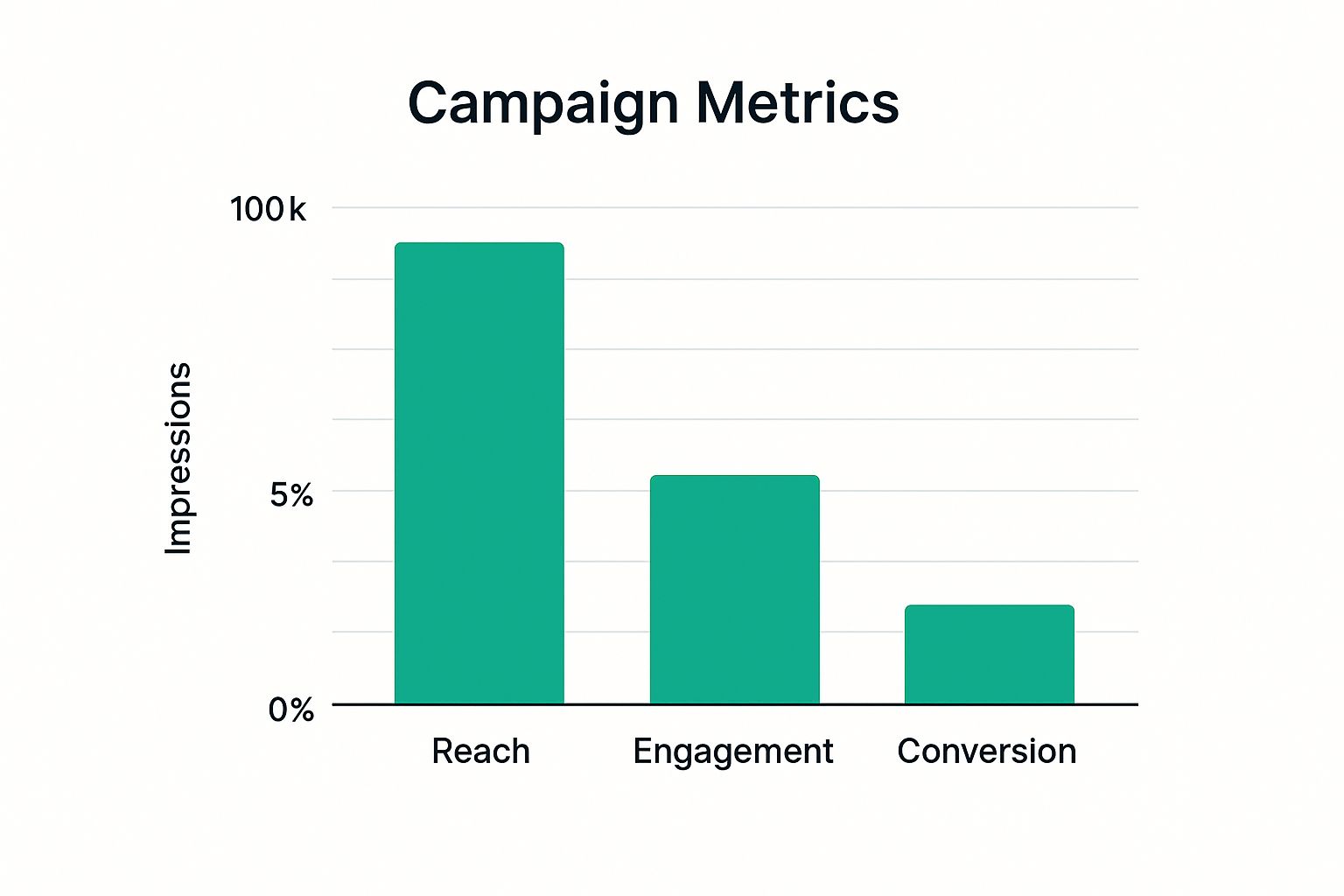
This visualization highlights how a single campaign can generate massive reach but yield lower engagement and conversion rates, underscoring the need to measure beyond surface-level numbers.
How to Implement This Practice
Integrating data into your workflow requires a systematic process for tracking and analysis from start to finish.
Define Clear KPIs: Before launching, establish specific, measurable goals. Are you aiming for reach (impressions), engagement (likes, comments, shares), or conversions (clicks, sign-ups, sales)?
Use Tracking Tools: Implement tools like Google Analytics, platform-specific insights (e.g., Instagram Insights), and dedicated influencer marketing platforms. Use unique UTM codes for each influencer to track traffic and conversions accurately.
Create Performance Dashboards: Consolidate data from various sources into a single dashboard. This provides a clear, at-a-glance view of campaign performance against your KPIs.
Conduct Regular Reviews: Schedule weekly or bi-weekly check-ins to analyze the data. Look for trends, identify top-performing content, and make real-time adjustments to optimize your campaign for better results.
Influencer Marketing Best Practices Comparison
Authenticity and Value Alignment:
Implementing this approach is highly complex, as it requires deep research and thorough vetting of influencers to ensure alignment with brand values. While it demands moderate resources and can be time-intensive, it usually involves fewer influencers overall. The result is higher engagement, stronger trust, and enhanced brand credibility. This strategy is ideal for brands seeking genuine, long-term connections. Its key advantages include authentic endorsements, a stronger reputation, and more creative, value-driven content.Micro and Nano-Influencer Strategy:
This strategy has a medium-to-high level of implementation complexity, as it involves managing multiple small influencer relationships. Resource needs are generally low to moderate because these partnerships are more affordable. Expected outcomes include high engagement rates, strong ROI, and precise niche audience targeting. It’s best suited for startups, niche products, and local or regional campaigns. The main advantages are cost-effectiveness, authentic recommendations, and scalability.Long-Term Ambassador Programs:
These programs are complex to implement, requiring long-term contracts, relationship management, and consistent collaboration. They demand high resource investment for sustained engagement and incentives. The payoff is strong brand association and compounding ROI over time. They’re ideal for brands seeking consistent visibility and authentic storytelling. Advantages include deeper brand integration, genuine narratives, and easier campaign planning over time.Data-Driven Influencer Selection:
This approach has medium-to-high complexity, as it relies on analytics tools and data interpretation. Resource requirements are moderate to high, given the need for platforms and expertise. It delivers reduced risk, improved ROI, and better fraud prevention. It’s ideal for brands that prioritize data accuracy and efficient budget allocation. Its advantages include objective influencer selection, clear performance benchmarks, and fraud detection.Creative Freedom and Collaboration:
This method carries medium implementation complexity, as it requires trust, clear communication, and well-defined creative briefs. Resource needs are moderate, often involving content reviews and active collaboration. Expected results include more authentic, engaging content and stronger influencer relationships. It’s best for brands that value creativity and authenticity. The main benefits are higher engagement, influencer satisfaction, and a more relatable brand voice.Multi-Platform Content Strategy:
Implementing a multi-platform approach is highly complex, involving the adaptation and scheduling of content across different channels. It requires significant resources due to production costs and the need for coordinated management. Outcomes include broader reach, higher frequency of exposure, and multi-touch conversions. This strategy is ideal for brands targeting diverse audiences across various social platforms. Advantages include diversified engagement, synergy between platforms, and maximized visibility.Performance-Based Compensation Models:
These models have medium-to-high complexity because they require precise tracking and payment systems. Resource requirements are moderate, focused on setup and monitoring. The expected outcomes are aligned incentives, improved ROI visibility, and stronger accountability. They work best for brands emphasizing measurable results and performance-based rewards. Key advantages include reduced risk, motivated influencers, and scalable payout structures.Transparent FTC Compliance and Disclosure:
Compliance initiatives carry medium implementation complexity, requiring regular monitoring and influencer education. Resource needs are low to moderate, typically involving contractual clauses and periodic audits. The main outcomes are legal compliance and sustained audience trust. This practice is essential for all brands engaged in influencer marketing. Benefits include reduced legal risk, stronger brand trust, and protection of reputation.Comprehensive Campaign Measurement and Attribution:
This approach is highly complex, involving advanced tracking systems and data integrations. It demands significant resources, including analytics tools and skilled personnel. The expected impact is clearer ROI measurement, actionable optimization insights, and accurate attribution of campaign performance. It’s ideal for brands focused on data-driven decision-making and accountability. Advantages include proven ROI, identification of top-performing influencers, and continuous strategy improvement.
From Strategy to Success: Your Next Steps in Influencer Marketing
Navigating the landscape of influencer marketing on Instagram can feel like an intricate dance, but as we've explored, the steps to success are clear, actionable, and profoundly impactful. The days of simply trading products for posts or chasing vanity metrics are over. Today, a sophisticated and sustainable approach is non-negotiable for achieving genuine organic growth. The influencer marketing best practices detailed throughout this guide are not just a collection of disconnected tips; they are the fundamental pillars of a cohesive, modern strategy designed for long-term success.
The journey begins with a foundational commitment to authenticity and value alignment. This principle is the bedrock upon which all other practices are built. Without it, even the most data-rich campaigns will fail to resonate. By prioritizing creators whose values genuinely mirror your brand’s, you ensure that every piece of content feels native and trustworthy, fostering a connection with audiences that transactional partnerships cannot replicate.
Synthesizing Best Practices into a Cohesive Strategy
To truly master this discipline, you must see how these individual best practices interlock to form a powerful growth engine. Think of it as a flywheel, where each component adds momentum to the next.
Strategic Sourcing: You begin by moving away from macro-influencer obsession and embracing the potent engagement of micro and nano-influencers. Using a data-driven selection process, you identify creators who don't just have an audience, but the right* audience.
Collaborative Creation: Instead of dictating rigid creative briefs, you empower these partners with creative freedom. This collaborative spirit respects their expertise and results in content that is far more authentic and effective. This approach is perfectly suited for building long-term ambassador programs, where trust and mutual understanding deepen over time.
Ethical Execution: Every campaign must be grounded in transparency. Adhering strictly to FTC compliance and disclosure is not just a legal requirement; it's a critical act of audience respect that reinforces the authenticity you've worked so hard to establish.
Performance and Measurement: Finally, you close the loop with comprehensive campaign measurement. By tracking meaningful metrics beyond likes and comments, and potentially leveraging performance-based compensation models, you can accurately attribute ROI and continuously refine your approach. This data then feeds back into your next selection cycle, making your strategy smarter and more efficient over time.
The Shift from Tactics to Relationships
Ultimately, the most critical takeaway is the shift in mindset required. Effective influencer marketing is no longer about executing a series of one-off tactical campaigns. It is about building a scalable, relationship-driven ecosystem. It's about seeing influencers not as media channels, but as strategic creative partners who can offer invaluable insights into the communities you want to reach.
This approach transforms your marketing from a disruptive force into a welcome addition to your audience's feed. When you master these influencer marketing best practices, you stop "renting" an audience's attention and start earning their trust and loyalty. The result isn't just a temporary spike in engagement; it's sustainable, organic growth fueled by genuine human connection and a community that believes in your brand. The path forward requires patience, investment in relationships, and a steadfast commitment to data and transparency. Embrace this evolution, and you will unlock one of the most powerful growth levers available to brands on Instagram today.
Ready to implement these best practices with precision and efficiency? Gainsty leverages AI and expert insights to help you discover authentic growth opportunities, manage campaigns seamlessly, and ensure your influencer marketing strategy is both powerful in theory and flawless in practice. Find your perfect creator partners and accelerate your organic growth by visiting Gainsty today.
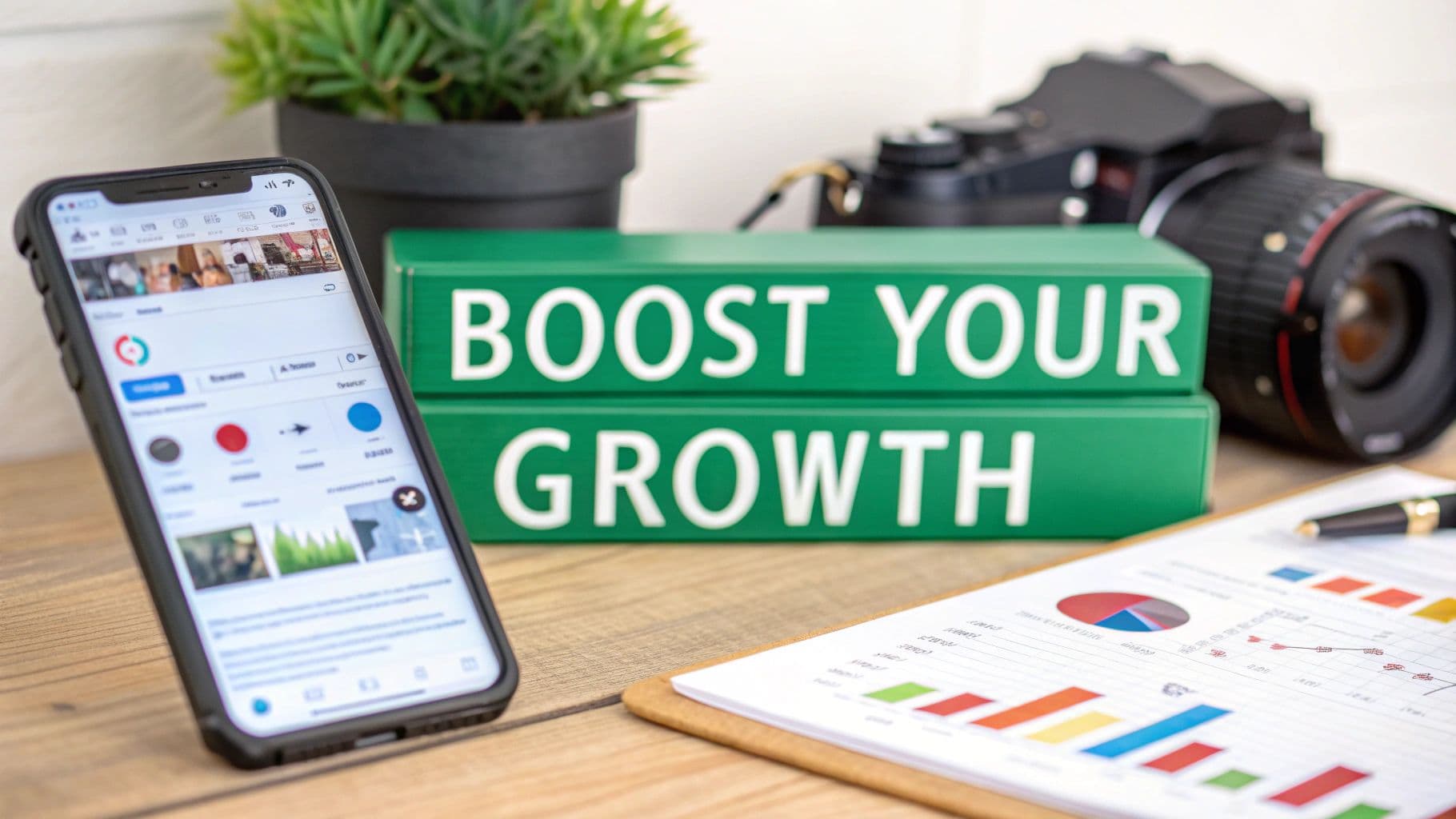
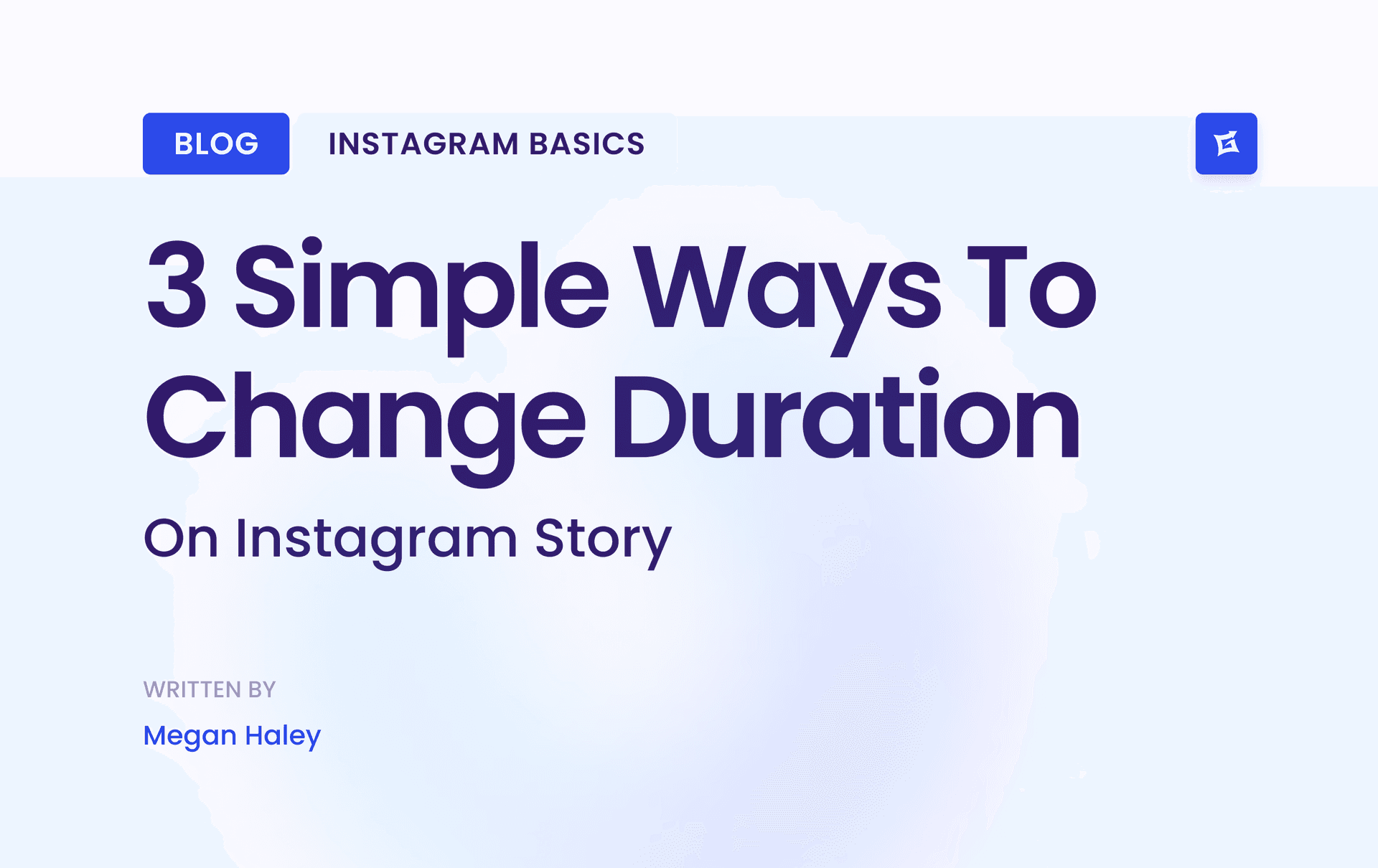
.png&w=1920&q=75&dpl=dpl_9XSWKBjhcBN6v6b1SN7m3p1WWjfr)
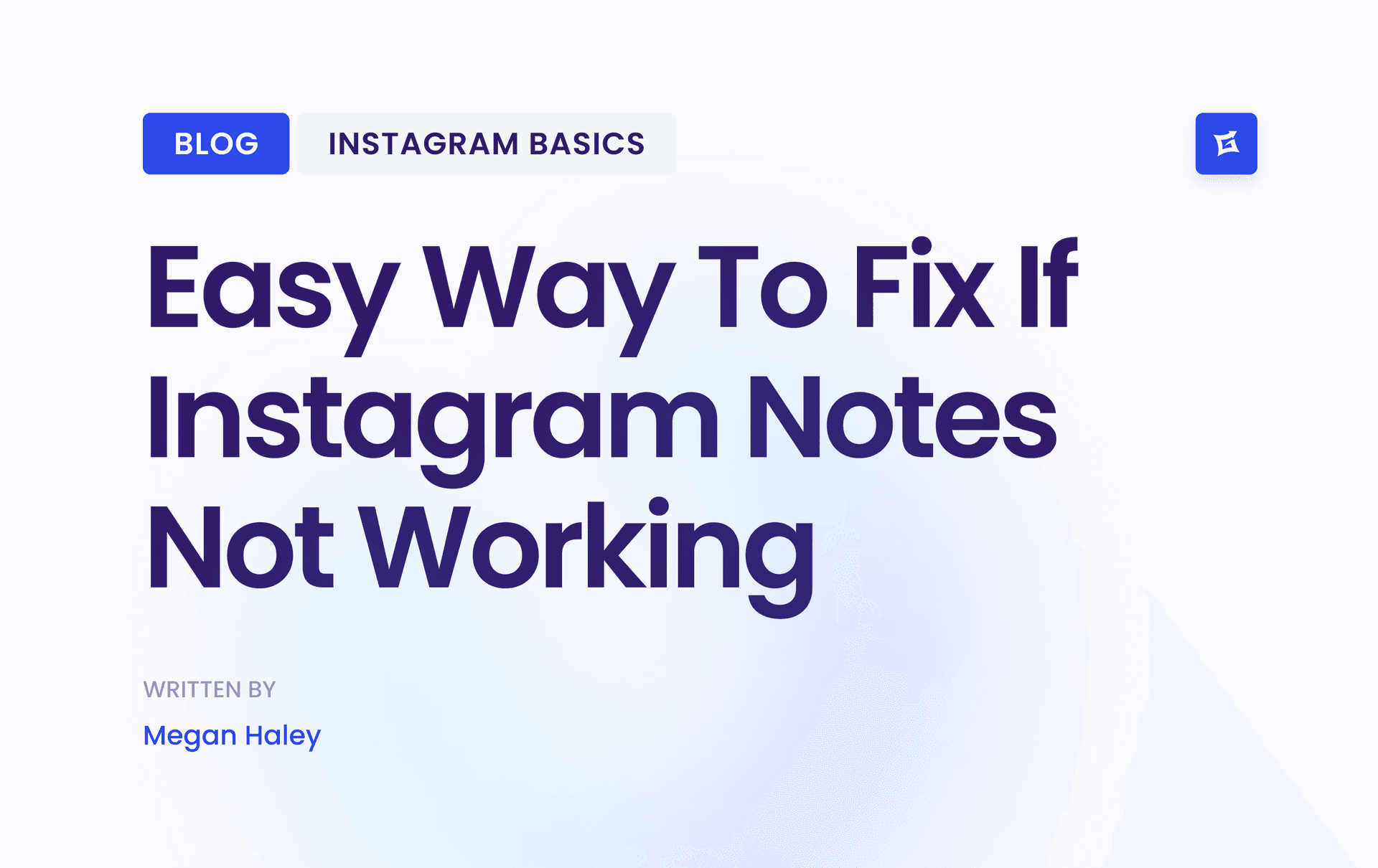
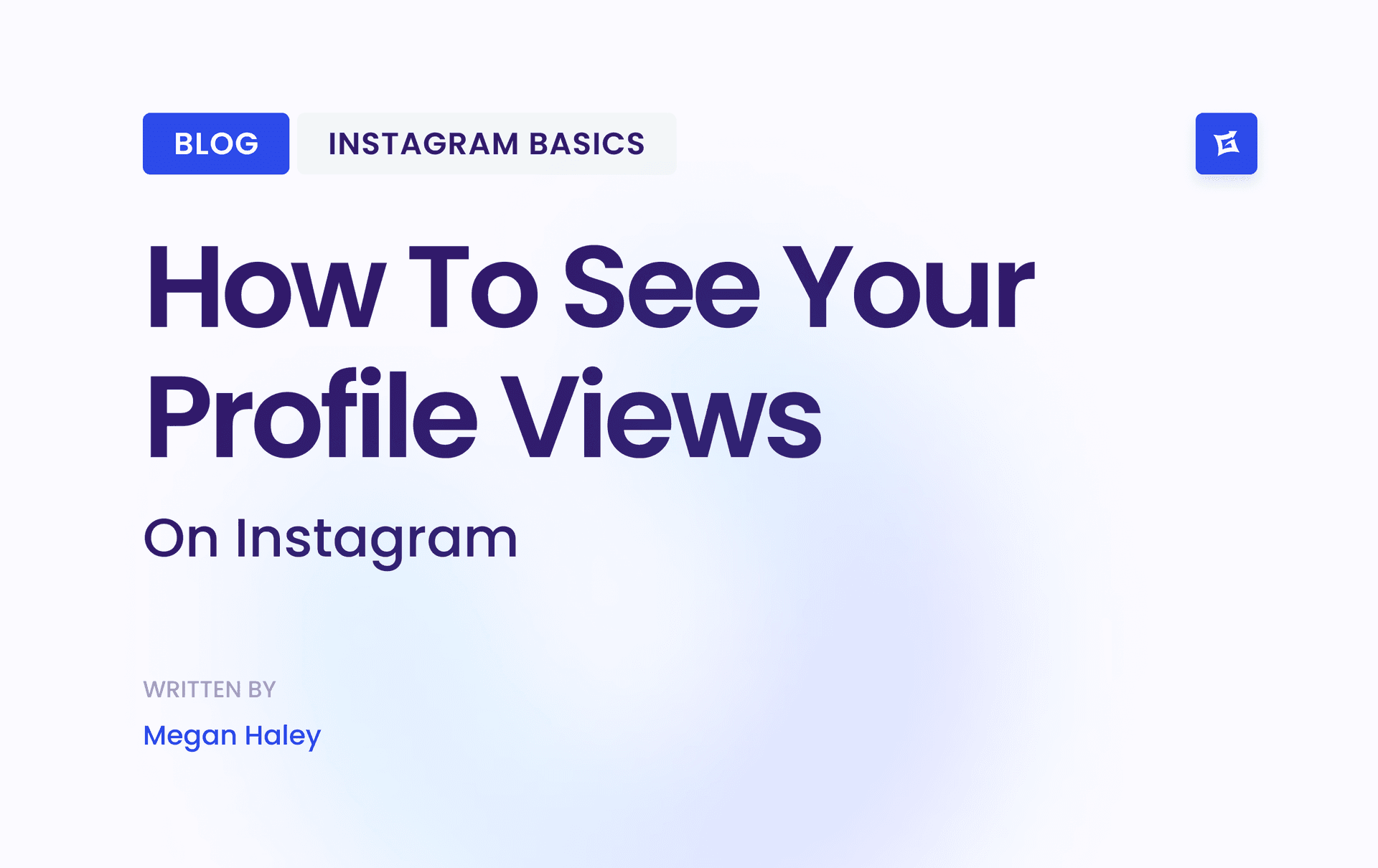
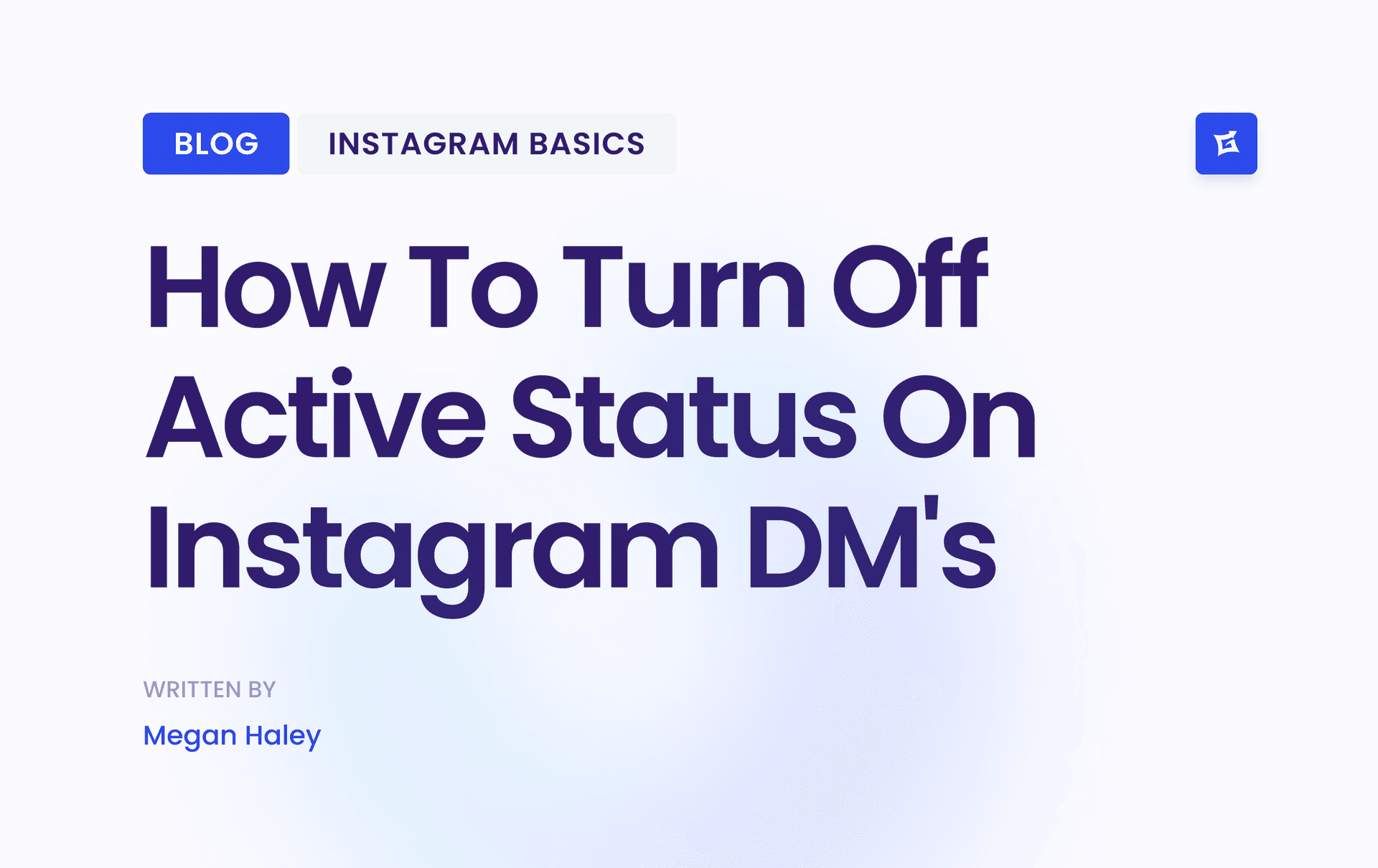
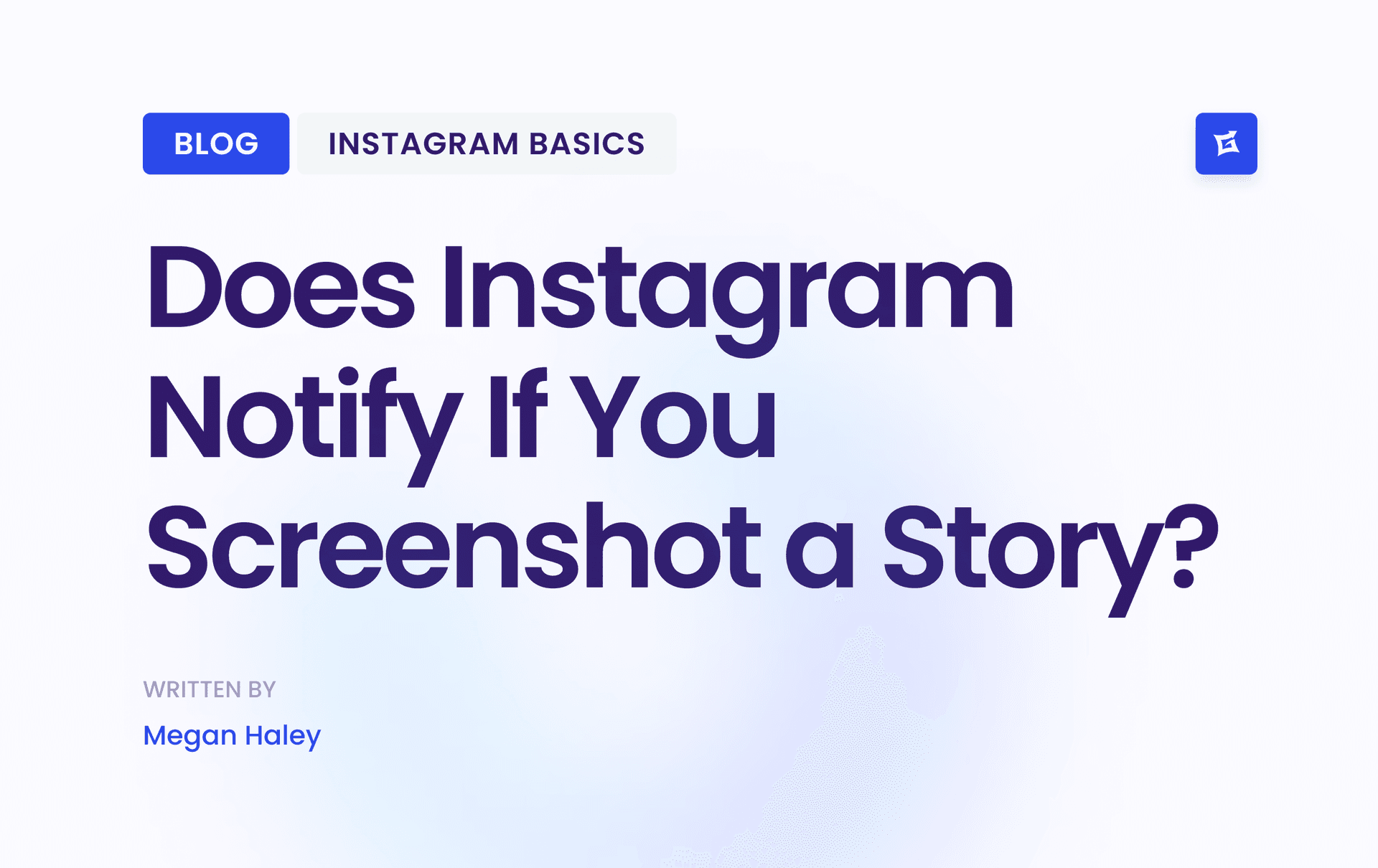



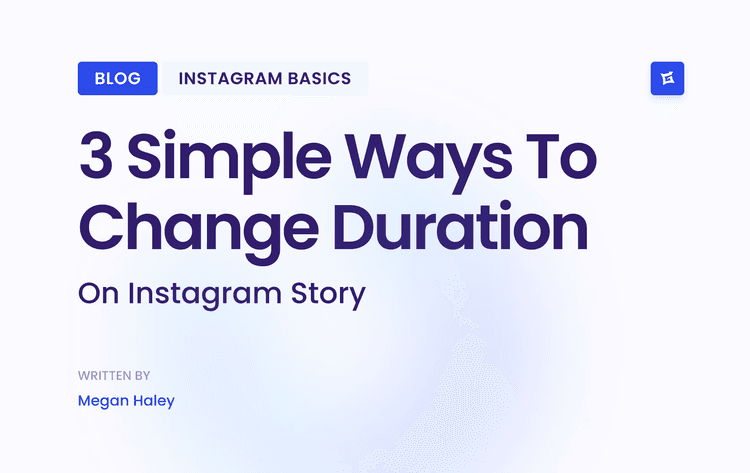
.png&w=750&q=75&dpl=dpl_9XSWKBjhcBN6v6b1SN7m3p1WWjfr)
